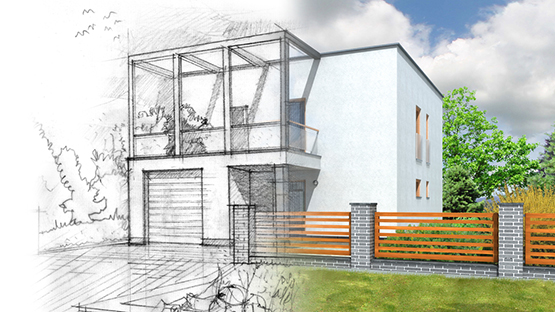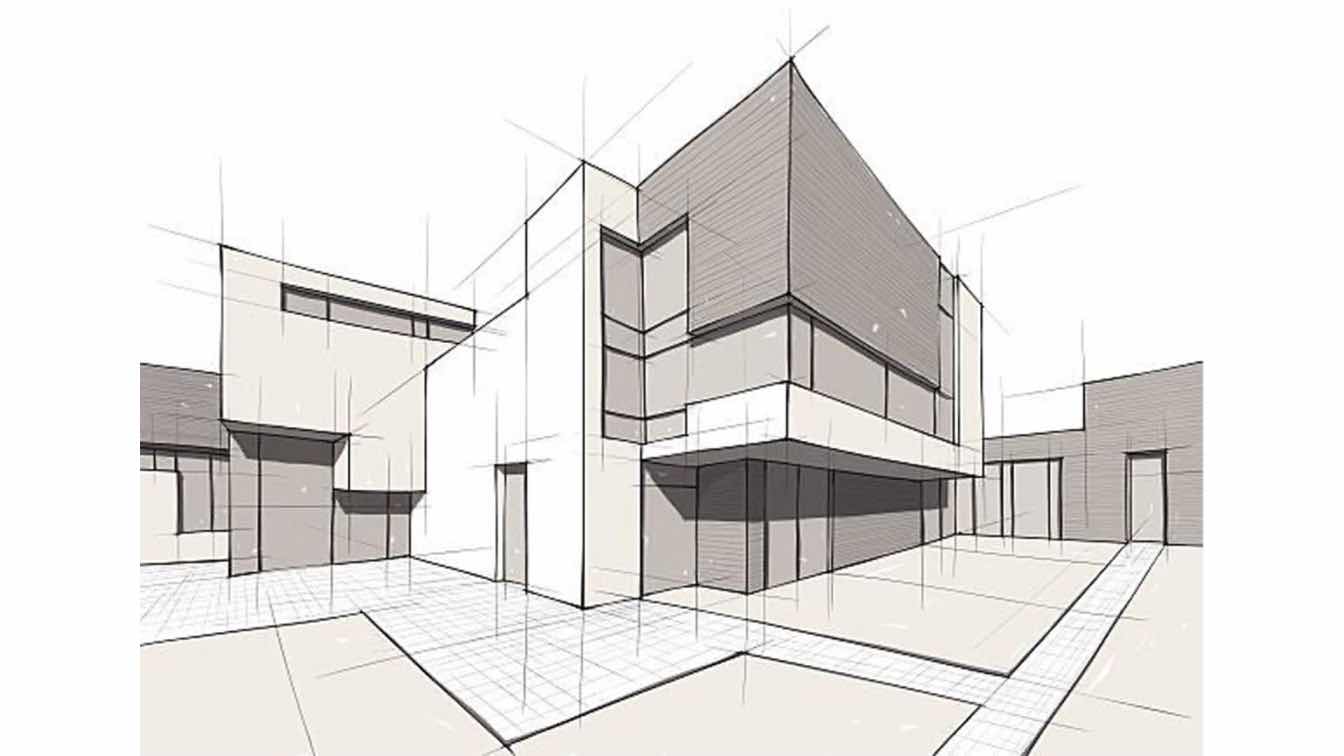A Comprehensive Overview of Architectural Designs and Their Impact on Modern City Preparation and Advancement
Building styles have actually long worked as a mirror to the societal values and technical improvements of their time, playing an essential role fit modern-day city preparation and development. From the majesty of Neoclassicism to the utilitarian approach of Brutalism, each style has presented one-of-a-kind concepts that affect urban aesthetics and functionality. As modern obstacles develop, consisting of sustainability and neighborhood requirements, recognizing these historical structures comes to be necessary. The resulting dialogue not just informs future design techniques however likewise increases pertinent questions about the equilibrium in between heritage and advancement in our advancing urban landscapes.
Historic Summary of Building Styles

As cultures transitioned through the Center Ages, Gothic style emerged, identified by its verticality and elaborate describing, mirroring the spiritual desires of the period. The Renaissance marked a resurgence of classical perfects, merging art and design in ingenious ways that affected succeeding designs throughout Europe.

Today, building styles remain to advance, driven by globalization and sustainability issues, showing a dynamic interplay in between heritage and advancement. This historical overview emphasizes the value of design as a mirror of social evolution and as a driver for urban advancement.
Secret Architectural Styles Explained
The diversity of architectural designs reflects the myriad influences that shape our constructed setting, each personifying unique features and social relevances. Trick architectural designs consist of Classical, Gothic, Baroque, Modernism, and Postmodernism, each representing one-of-a-kind historic contexts and visual ideologies.
Classic architecture, rooted in ancient Greece and Rome, highlights symmetry, percentage, and using columns (cda architects). In comparison, Gothic architecture, growing in the center Ages, is characterized by sharp arches, ribbed vaults, and flying buttresses, creating a spiritual quality in sanctuaries. Baroque architecture, arising in the 17th century, is noted by grandeur, intricate ornamentation, and a vibrant interaction of light and darkness
Modernism, which gained momentum in the early 20th century, focuses on feature over form, using brand-new materials like steel and glass to create minimalist structures. Postmodernism, reacting against the austerity of Modernism, accepts eclecticism and historic referral, frequently incorporating playful components and paradox.

Influence on Urban Planning
In forming the advancement of cities, architectural styles dramatically influence metropolitan planning choices. The selection of architectural style often determines the aesthetics, performance, and overall character of urban atmospheres.
Additionally, architectural styles can influence zoning regulations and land utilize plans. Urban organizers should take into consideration the prevailing building trends when creating districts, ensuring that brand-new developments harmonize with existing frameworks. This consideration promotes cohesive urban landscapes and boosts community identification.
The application of details architectural styles can view publisher site also influence socioeconomic variables within a city. For instance, high-end contemporary layouts might attract affluent homeowners and organizations, causing gentrification, while much more cost effective real estate services may focus on functional and lasting styles to accommodate varied populations. Ultimately, the interplay browse around here in between building designs and urban planning produces dynamic cities that reflect both historic context and modern requirements, forming the lived experiences of their residents
Sustainability and Modern Architecture
Building styles play a critical duty in resolving contemporary difficulties, particularly in the realm of sustainability. As urban locations expand and ecological concerns escalate, modern architecture significantly accepts sustainable layout principles that focus on energy effectiveness, source conservation, and minimal eco-friendly impact.
Contemporary architectural movements, such as biophilic design and eco-friendly style, advocate for structures that integrate with their environments, utilizing natural products and advertising biodiversity. These designs commonly include renewable power resources, such as photovoltaic panels and wind generators, to minimize reliance on fossil gas and lower carbon impacts.
In addition, the integration of sophisticated innovations, such as clever building systems, enhances power management, optimizing source usage while making sure passenger convenience. Innovative water monitoring approaches, next consisting of rain harvesting and greywater recycling, further add to lasting city settings.
Significantly, sustainability extends beyond ecological problems; it incorporates social and financial dimensions. By cultivating community well-being and promoting inclusivity, modern architectural styles align with lasting advancement objectives. The development of building practices proceeds to form resistant cities that not just fulfill the requirements of the present yet additionally safeguard the future for generations to come.
Area Involvement in Design
Area interaction in layout serves as an important bridge in between architects and the populations they serve, making certain that the built setting reflects the demands and goals of its users. This collaborative procedure welcomes area participants to contribute their understandings and choices, cultivating a feeling of ownership and duty toward the rooms they live in.
Effective neighborhood engagement uses numerous methods, such as workshops, surveys, and public online forums, to gather diverse viewpoints. These techniques facilitate a two-way discussion, allowing designers to recognize neighborhood contexts while encouraging residents to voice their problems and wishes. This inclusivity not only enhances the style high quality but additionally advertises social equity by addressing the special difficulties dealt with by marginalized groups.
Moreover, neighborhood involvement can bring about ingenious solutions that might not arise in a conventional design procedure. By integrating regional understanding and cultural worths, engineers can produce areas that reverberate even more deeply with customers, improving functionality and sustainability. Eventually, prioritizing neighborhood interaction in design processes leads to settings that nurture social communications, assistance well-being, and enhance community ties, thus playing a crucial duty fit modern urban landscapes.
Conclusion
Architectural styles have profoundly affected modern city planning and growth, mirroring progressing social and technical contexts. The assimilation of historic looks with modern requirements promotes metropolitan atmospheres that focus on sustainability and community involvement. As cities proceed to grow and adapt, the ongoing dialogue between architectural heritage and modern style principles will certainly continue to be important in producing inclusive, dynamic areas that boost lifestyle and promote social equity. The future of metropolitan advancement rest on this unified balance.
Comments on “Just How CDA Architects Combine Creativity and Performance in Modern Design”